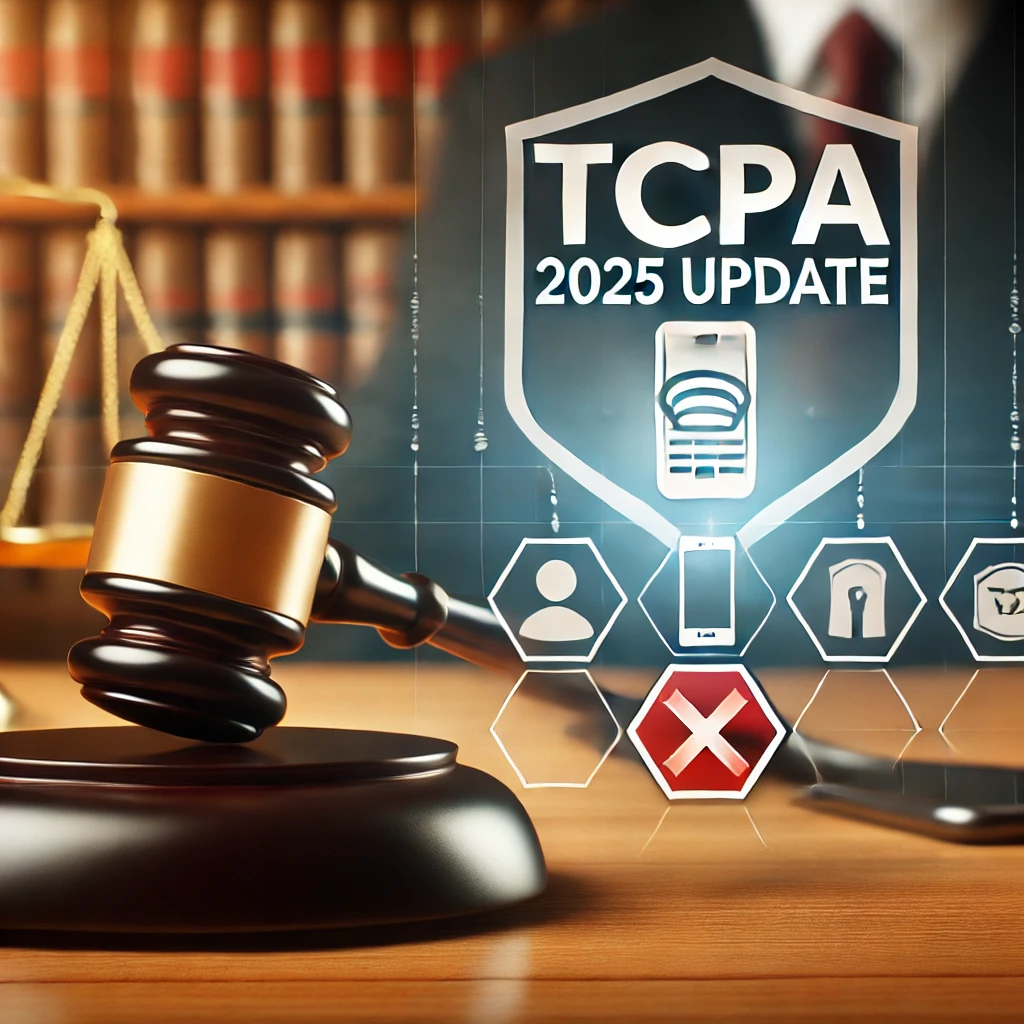
The 30 magic marketing words you should be using | Email Marketing Words
Language is a powerful tool — it enables you to connect with audiences and spur them to take action. For email marketers, the importance of using the “right” words cannot be overstated. Which word or phrase will click with your subscribers and nudge them to open emails, click to visit your website or make a purchase?
Many words have the ability to motivate. The trick is determining which ones work for your business and your particular situation. A word or phrase that performs well in one campaign may not be the best option for your next campaign. Trial and error, and of course A/B testing, can help you narrow down which words connect with your audience.
Open rates are a crucial metric in determining the success of an email marketing campaign. To maximize open rates, it’s important to use power words in your email subject lines that grab the reader’s attention and create a sense of urgency. Understanding your buyer persona is also crucial in creating an effective email marketing campaign, as it helps you tailor your messaging and calls to action to your target audience. open rates email marketing campaign power words buyer persona call to action sense of urgency transactional emails blog posts marketing efforts plain text lead nurturing email subject lines. Transactional emails, such as confirmation or receipt emails, can also be used as an opportunity to reinforce your brand and continue lead nurturing. In addition to email marketing spam filter, other marketing efforts, such as blog posts, can also be used to drive traffic to your site and build brand awareness. When creating emails email marketing words, it’s important to consider using both plain text and HTML formats, as plain text emails often have higher open rates and can create a more personal and intimate connection with your audience.
To get you started, try some of the following “magic marketing words” in your next email or social post. (Don’t hesitate to use them on your print marketing and your website too.)
- You: Write as if you were speaking directly to the customer. Make it about the reader, not about yourself.
- Because: Give customers a compelling reason to take action.
- Free: Don’t underestimate the appeal of “free.”
- Value: Highlight the value that customers receive for their money. “Cost” or “price” imply losing something – in this case, money.
- Guaranteed: Make readers feel they have everything to gain and nothing to lose.
- Amazing/incredible: Customers respond to something out of the ordinary. But be careful not to overuse these terms, or they lose their power.
- Easy: Let subscribers know how much easier life will be with your product or service, and then make it simple for them to take the next step in the purchasing process.
- Discover: Imply there is something new and unknown to the customer, something that offers distinct benefits and gives them an edge.
- Act now: Motivate an immediate response with a limited-time offer.
- Everything included/everything you need: Establish that your product or service is all your customers will have to buy in order to achieve their goal.
- Never: Use this to point out a “negative benefit,” such as “never worry again,” or “never overpay again.”
- New: Like “free,” “new” has the ability to make people sit up and take notice.
- Save: The best, clearest word to showcase monetary or time savings.
- Proven: Remind customers that your product, service or business is tried and true.
- Safe and effective: Minimize risk perception for health and monetary loss.
- Powerful: Let customers know that your business, product or service is robust.
- Real results: Everyone wants results.
- Secret: Is your product or service the secret to success? Let customers know you can reveal that secret.
- The: This implies your solution is the be-all and end-all. Consider the difference: “3 Solutions for Marketing Success” vs. “The 3 Solutions for Marketing Success.”
- Instant: Instant access or downloads are more appealing than waiting.
- How to…: Help your readers accomplish a challenging task or goal.
- Elite: Invite newbies to join the highly desirable club you’re hosting.
- Premium: Premium helps denote high quality.
- Caused by: If your email campaigns build a case for your product, transitional phrases such as “caused by,” “therefore” and “thus” reinforce the logic of a purchase.
- More: Do you offer more than your competitors? Show it.
- Bargain: Customers want a great deal.
- No obligation: Create a win-win situation for your customers.
- 100% money-back guarantee: Again, no risk.
- Huge: A large discount or outstanding offer is difficult to resist.
- Wealth: If you’re selling products and services related to money, wealth is a desirable word for customers.
Bonus: 10 more words and phrases that trigger positive responses in readers
The list of powerful marketing words is nearly endless. Here are some more to consider in your campaigns:
- Complimentary: This works almost as well as “free.”
- Last chance: Inspire urgency.
- Now: No one likes to wait.
- Flash sale: Flash sales create urgency and a sense of being in the know on a great deal.
- Convenient: How will you make readers’ lives easier?
- Breakthrough: Stay on the cutting edge with new solutions customers haven’t seen before.
- Buy one, get one: It’s easy for customers to understand the value you’re offering.
- Thank you: Readers like to feel appreciated.
- Introducing: Let readers know they’re the first to hear about something.
- Join: Encourage readers to join a select community.
And 5 words to avoid
- Miracle: This oversells. Is what you’re offering truly a miracle?
- Revolutionary: This is another oversell. Unless the product or service truly upends its industry, it’s not revolutionary.
- Unique: Everyone uses unique now, so nothing is unique.
- Great: Don’t be generic by using “great.”
- Exciting: This is nearly as generic as “great.”
[Sources: Forbes, 60 Second Marketer, Vocus, Small Business Sense, FiveStars]
Join 140,000 small business owners
Editor’s note: This post was originally published in January 2014 and has been updated for accuracy and relevance.
© 2017 – 2018, Contributing Author. All rights reserved.
 SUBSCRIBE
SUBSCRIBE 


